Did you know that frisee lettuce, also known as curly endive, belongs to the chicory family and offers a subtly bitter flavor? This versatile salad green is not only a popular choice for adding texture and sophistication to salads, but it can also be cooked in a variety of dishes. Whether you’re a fan of its crisp leaves or looking to explore new flavors, frisee lettuce is a leafy vegetable that deserves a place in your kitchen.
When selecting frisee lettuce, make sure to look for fresh, green leaves without any brown spots. Its curly, open head and yellow heart are distinctive features that make it stand out among other salad greens. Whether enjoyed raw or cooked, frisee lettuce offers a unique flavor profile that pairs well with a wide range of ingredients.
Key Takeaways:
- Frisee lettuce, also known as curly endive, is a member of the chicory family with a subtly bitter flavor.
- It can be enjoyed raw in salads or cooked in various dishes.
- When buying frisee lettuce, look for fresh, green leaves without brown spots.
- Store frisee lettuce in an open plastic bag in the refrigerator for up to three days.
- Experiment with different combinations of lettuce and ingredients to create delicious and visually appealing salads.
The Versatility of Frisee Lettuce
Frisee lettuce is a versatile salad green that can be used in a variety of dishes. It adds texture and interest to salads and can be paired with bold flavors like bacon, blue cheese, and grapes. Frisee lettuce is also commonly used in the famous French bistro salad, salade Lyonnaise, which is topped with lardons and a poached egg. It can be added raw to stews or blanched and baked in olive oil. Frisee lettuce can also be sautéed with garlic and chili peppers for a tasty side dish. Its curly shape and crisp texture make it a popular choice for sandwiches with brie or goat cheese.
When it comes to incorporating frisee lettuce into your meals, the options are endless. Its unique taste and texture can elevate any dish, whether it’s a refreshing salad or a hearty main course. Here are some ideas to inspire your culinary creativity:
1. Frisee Salad
Create a vibrant frisee salad by combining the curly lettuce with other fresh ingredients such as cherry tomatoes, cucumbers, and radishes. Drizzle with a tangy vinaigrette and top with some crumbled goat cheese or toasted nuts for added flavor and crunch.
2. Sandwiches with a Twist
Upgrade your sandwiches by adding a handful of frisee lettuce. Its curly leaves will provide a satisfying crunch and an attractive visual appeal. Pair it with creamy brie, tangy mustard, and thinly sliced apple for a delicious combination of flavors.
3. Warm Frisee with Bacon Dressing
For a comforting side dish, try sautéing frisee lettuce with crispy bacon and a warm vinaigrette dressing. The combination of the slightly bitter lettuce, salty bacon, and tangy dressing creates a flavorful and satisfying accompaniment to any meal.
4. Frisee in Stir-Fries
Add frisee lettuce to your stir-fries for a delightful twist. Its sturdy leaves hold up well to heat, maintaining their texture and adding a fresh and vibrant element to the dish. Mix it with other vegetables and your choice of protein for a well-rounded and nutritious meal.
5. Frisee as a Pizza Topping
Get creative with your pizza toppings by sprinkling some frisee lettuce on your homemade or store-bought crust. It will add a unique crunch and a touch of bitterness to balance out the flavors of the other ingredients. Pair it with a creamy cheese like mozzarella or goat cheese for a truly satisfying bite.
These are just a few examples of how you can incorporate frisee lettuce into your meals. Let your imagination run wild and experiment with different combinations and flavors to discover your favorite way of enjoying this versatile salad green.
How to Prepare Frisee Lettuce
To prepare frisee lettuce, start by removing the outer leaves and carefully separating the other leaves. Wash the leaves and let them drain before tearing them into bite-sized pieces. It’s important to note that cutting frisee lettuce will cause it to lose its curly shape.
Frisee lettuce can be enjoyed raw in salads or cooked in various dishes. For a simple frisee salad, combine it with fried bacon and a honey-mustard dressing. You can also pair it with blue cheese, grapes, and a vinaigrette for a refreshing appetizer.
Frisee lettuce offers a unique texture and flavor to elevate your salads or cooked dishes. Now that you know how to prepare it, you can easily incorporate frisee lettuce into your meals and enjoy its crisp and fresh taste.
Buying and Storing Frisee Lettuce
When it comes to buying frisee lettuce, freshness is key. Look for leaves that are vibrant green and free from any brown spots. The heart of the lettuce should be bright and crisp, indicating its freshness. Frisee lettuce is sometimes labeled as curly endive or endive lettuce in grocery stores, so keep an eye out for those names as well. It’s worth noting that the size and texture of frisee lettuce can vary, with some heads being smaller and frizzier than others.
Once you’ve brought your frisee lettuce home, it’s important to know how to properly store it for maximum freshness. To keep your frisee lettuce crisp and flavorful, follow these simple steps:
- Place the frisee lettuce in an open plastic bag to allow for airflow.
- Store it in the refrigerator’s crisper drawer to maintain a cool and consistent temperature.
- Keep the frisee lettuce in the refrigerator for two to three days to ensure it stays fresh.
- Before serving, make sure to wash the frisee leaves thoroughly and pat them dry with a clean kitchen towel or paper towel.
By following these storage tips, you can enjoy the crispness and flavor of frisee lettuce in your salads and other dishes for days to come.
Now that you know how to buy and store frisee lettuce, you can incorporate this fresh green into your favorite recipes. Whether you use it in a frisee salad or as a vibrant addition to your sandwich, frisee lettuce adds a delightful crunch and slightly bitter flavor that elevates any dish.
What is Frisee Lettuce?
Frisee lettuce, also known as curly endive, is a type of leafy green that belongs to the chicory family. With its frilly leaves and subtly bitter flavor, frisee lettuce is a popular choice for adding texture and sophistication to salads. This versatile salad green is part of the Lactuca sativa genus and species, which is the same as true lettuces.
Frisee lettuce can be distinguished by its curly, open head and yellow heart. It is commonly enjoyed raw in salads, where its crisp texture and unique taste shine. However, frisee lettuce can also be cooked in a variety of dishes, offering a different dimension to your culinary creations.
Different Types of Lettuce
When it comes to lettuce, there is a diverse range of varieties available in the market, each offering its own unique characteristics. Here are some of the most popular lettuce varieties:
1. Leaf Lettuce
Leaf lettuce is known for its loosely arranged leaves and mild flavor. It comes in various colors such as green, red, and speckled. Its tender leaves make it perfect for salads and sandwiches.
2. Romaine Lettuce
Romaine lettuce has long, slender leaves with a hearty crunch. It is commonly used in Caesar salads and provides a satisfying texture to wraps and sandwiches.
3. Butter Lettuce
Butter lettuce, also known as Bibb or Boston lettuce, is a crisp-head lettuce with tender leaves and a mild flavor. Its delicate texture makes it a great choice for lettuce wraps and light salads.
4. Iceberg Lettuce
Iceberg lettuce is recognized for its tight, round heads and crisp texture. It has a mild taste and is commonly used in classic wedge salads and as a topping for burgers and sandwiches.
5. Radicchio
Radicchio, a member of the chicory family like frisee lettuce, has deep purple leaves and a bitter taste. It adds vibrant color and a touch of bitterness to salads and can also be grilled or roasted to enhance its flavor.
These different types of lettuce offer a wide range of textures, colors, and flavors, allowing you to create diverse and flavorful salads and dishes.
| Lettuce Variety | Characteristics | Common Uses |
|---|---|---|
| Leaf Lettuce | Loosely arranged leaves, mild flavor | Salads, sandwiches |
| Romaine Lettuce | Long, slender leaves, hearty crunch | Caesar salads, wraps, sandwiches |
| Butter Lettuce | Crisp-head lettuce, tender leaves, mild flavor | Lettuce wraps, light salads |
| Iceberg Lettuce | Tight, round heads, crisp texture | Wedge salads, burgers, sandwiches |
| Radicchio | Deep purple leaves, bitter taste | Salads, grilling, roasting |
Other Greens to Add to Your Salads
In addition to lettuce, there are other salad greens that can enhance the flavors and textures of your salads. Incorporating a variety of greens can elevate the overall taste and create a more interesting flavor profile. Let’s explore some options:
Arugula: Also known as rocket, arugula adds a peppery flavor that adds a zing to salads. Its slightly spicy taste pairs well with a variety of ingredients and dressings.
Spinach: With its slight acidity, spinach can contribute a slightly tangy taste to your salads. It has a tender texture that blends well with other greens and ingredients.
Mesclun: Mesclun is a mix of lettuces and other young greens, offering a variety of colors, textures, and flavors in one package. It typically includes a combination of arugula, spinach, and other leafy greens.
Watercress: Watercress brings a unique bite to mild lettuce-based salads with its peppery character. It adds a burst of flavor and can be a refreshing addition to your greens.
By incorporating these salad greens into your dishes, you can create vibrant and delicious salads that are packed with nutrients. Experiment with different combinations and dressings to discover your favorite flavor combinations!
Different Types of Salad Greens
| Green | Taste |
|---|---|
| Arugula | Peppery |
| Spinach | Tangy |
| Mesclun | Varies (combination of lettuces and other greens) |
| Watercress | Peppery |
Tips for Buying and Using Lettuce
When it comes to buying lettuce, freshness is key. Look for leaves that are vibrant and free from blemishes and discoloration. Whether you’re shopping at a farmers market or a grocery store, take a moment to examine the lettuce closely and ensure it meets these criteria. By selecting the freshest lettuce, you’ll be guaranteed crisp and flavorful salad greens.
Keep in mind that lettuce comes in various varieties, each with its own unique features. Some lettuces, like romaine or iceberg, have tightly packed heads, while others, such as leaf lettuce, have loose and delicate leaves. Consider the specific flavors and textures you’re looking for when choosing your lettuce. Do you want a crunchy bite or a more tender leaf? The variety you choose can make a difference in the overall taste and texture of your salads and other dishes.
While lettuce is commonly enjoyed raw in salads, don’t be afraid to explore its versatility in cooking. Lettuce can also be used in stir-fries, soups, and even grilled or roasted. Experiment with different cooking methods to bring out new flavors and textures in your dishes.
The Many Uses of Lettuce:
- Raw in salads
- Grilled or roasted
- Sauteed in stir-fries
- Added to soups and stews
By combining different lettuce varieties and other ingredients, you can create visually appealing and delicious salads. Try mixing butter lettuce with juicy tomatoes and creamy avocado, or toss romaine lettuce with classic Caesar dressing and crunchy croutons. The possibilities are endless, so don’t be afraid to get creative!
“Lettuce is not just a vehicle for dressing—it’s a vibrant and versatile ingredient that can take center stage in your meals.”
Now, let’s take a look at a table comparing different lettuce varieties:
| Lettuce Variety | Features | Flavor |
|---|---|---|
| Leaf Lettuce | Loose leaves | Mild and slightly sweet |
| Romaine Lettuce | Tightly packed heads with long, crisp leaves | Crunchy and slightly bitter |
| Butter Lettuce | Tender, buttery leaves | Mild and delicate |
| Iceberg Lettuce | Tight, round heads with crispy leaves | Mild and refreshing |
Remember to store your lettuce properly to maintain its freshness. Place it in a breathable bag or wrap it loosely in a paper towel before storing it in the refrigerator. This helps prevent excess moisture from accumulating, which can cause the lettuce to wilt prematurely. With these tips in mind, you can confidently buy and use lettuce to create delicious and nutritious meals.
The Nutritional Benefits of Frisee Lettuce
Frisee lettuce, like other salad greens, offers several nutritional benefits. It is low in calories and rich in vitamins A and K. Frisee lettuce also contains fiber, which can aid digestion and promote a healthy gut. Additionally, frisee lettuce is a good source of antioxidants, which can help protect against cell damage and improve overall health. Including frisee lettuce in your diet can contribute to a well-rounded and nutritious meal.
The Health Benefits of Frisee Lettuce
- Low in calories: Frisee lettuce is a great choice for those looking to maintain or lose weight. With its low calorie content, it can be enjoyed as part of a balanced meal without adding excessive calories.
- Vitamin A: Frisee lettuce is packed with vitamin A, which is essential for healthy vision, immune function, and cell growth. It also helps maintain the health of your skin and mucous membranes.
- Vitamin K: Frisee lettuce is a rich source of vitamin K, which plays a key role in blood clotting and bone health. Including frisee lettuce in your diet can help support proper blood clotting and maintain strong and healthy bones.
- Fiber: Frisee lettuce contains fiber, which is important for digestive health. It can help prevent constipation, promote regular bowel movements, and support a healthy gut microbiome.
- Antioxidants: Frisee lettuce is loaded with antioxidants, including beta-carotene and lutein, which help protect your cells from damage caused by harmful free radicals. These antioxidants may also help reduce the risk of chronic diseases such as heart disease and certain types of cancer.
Frisee lettuce is not only delicious but also a nutritional powerhouse. Its low calorie content, vitamins, fiber, and antioxidants make it a valuable addition to a healthy diet.
Whether you enjoy it in a salad or incorporate it into your favorite recipes, frisee lettuce can provide a range of health benefits. Its crisp texture and slightly bitter flavor add depth to your dishes while nourishing your body with essential nutrients. So go ahead, indulge in the nutritional goodness of frisee lettuce and elevate your meals with a touch of green.
Conclusion
Frisee lettuce, with its curly leaves and slightly bitter flavor, is a versatile salad green that can add texture and interest to your dishes. Whether you’re making a refreshing salad or whipping up a sauté, frisee lettuce offers a range of culinary possibilities. By understanding how to select, prepare, and store frisee lettuce, you can enjoy this crisp and fresh green at its best.
Don’t be afraid to get creative and experiment with different combinations of lettuce varieties and other ingredients. This will help you create delicious and visually appealing salads that tantalize your taste buds. Frisee lettuce, with its unique flavor and texture, can elevate your meals and take them to the next level.
So embrace the vibrant world of frisee lettuce and let its curly leaves transform your dishes. Add it to your shopping list, and with the knowledge you’ve gained, confidently select the freshest frisee lettuce available. Prepare it with care, tearing it into bite-sized pieces, and let its crispness shine through. In your culinary adventures, explore the delectable possibilities that frisee lettuce offers and savor every bite.

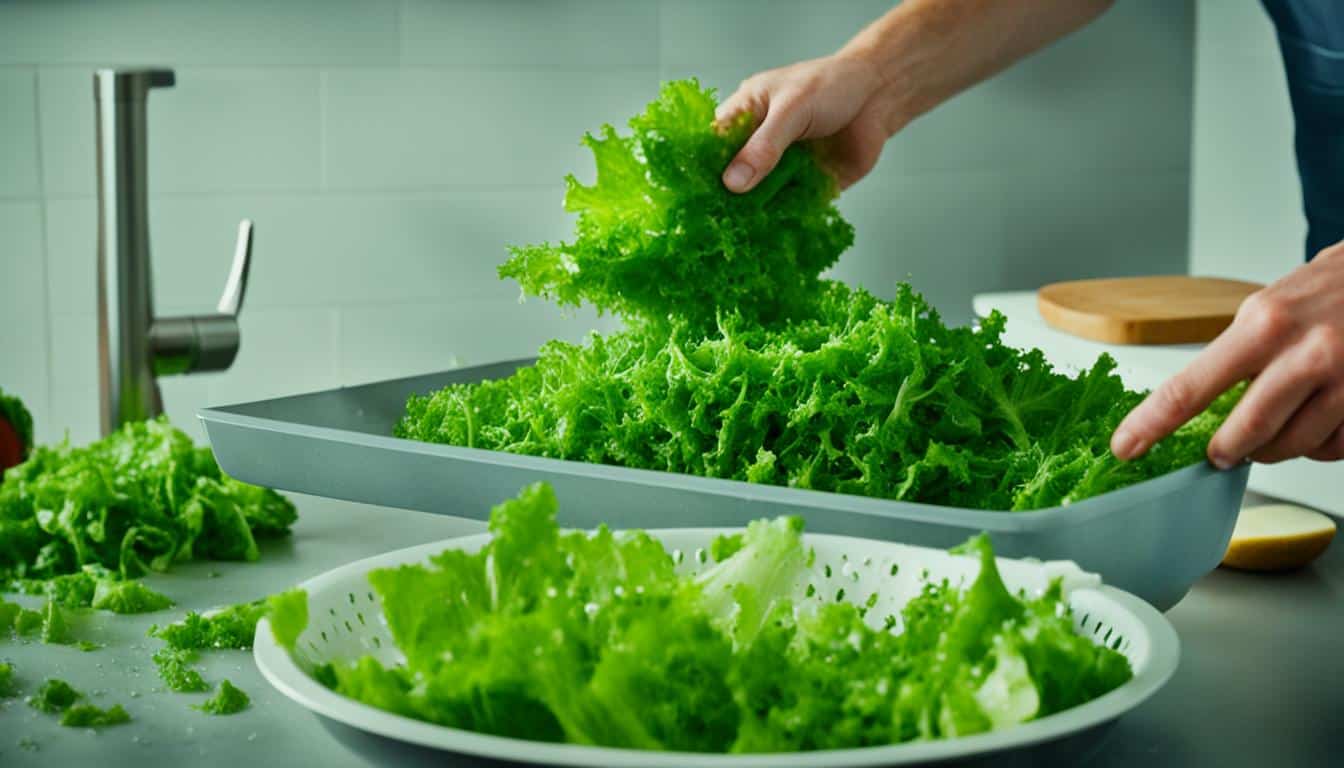
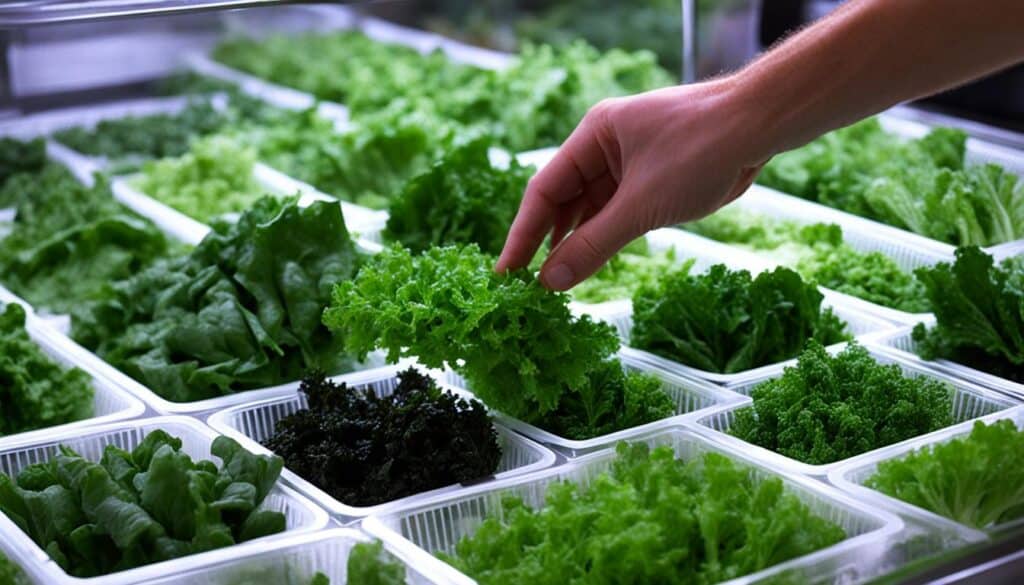
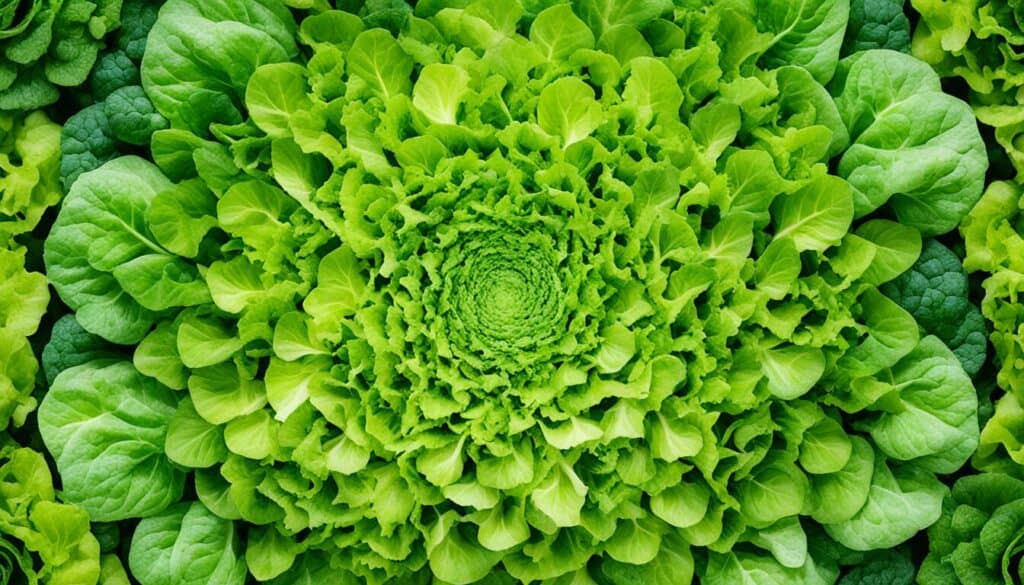
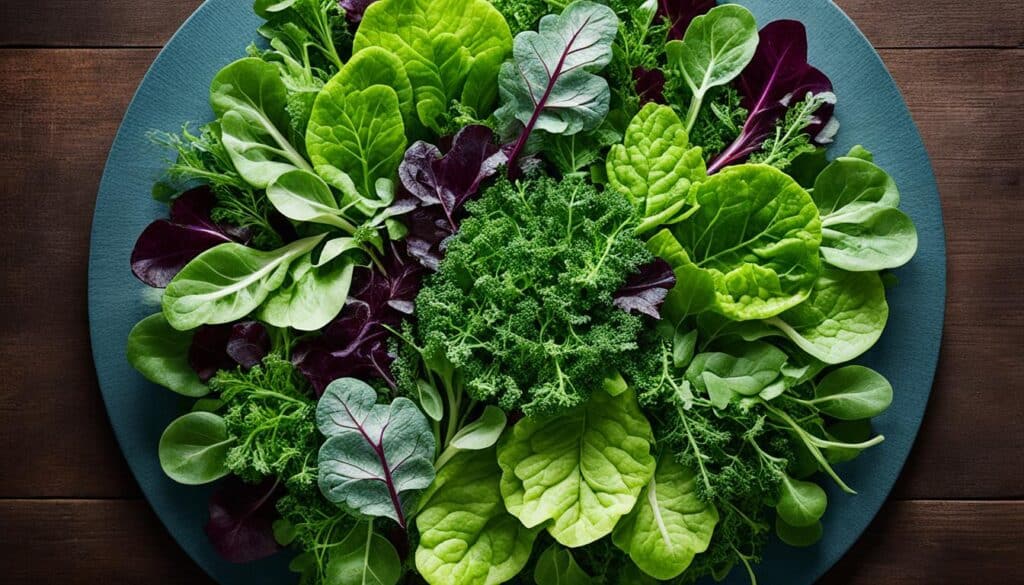
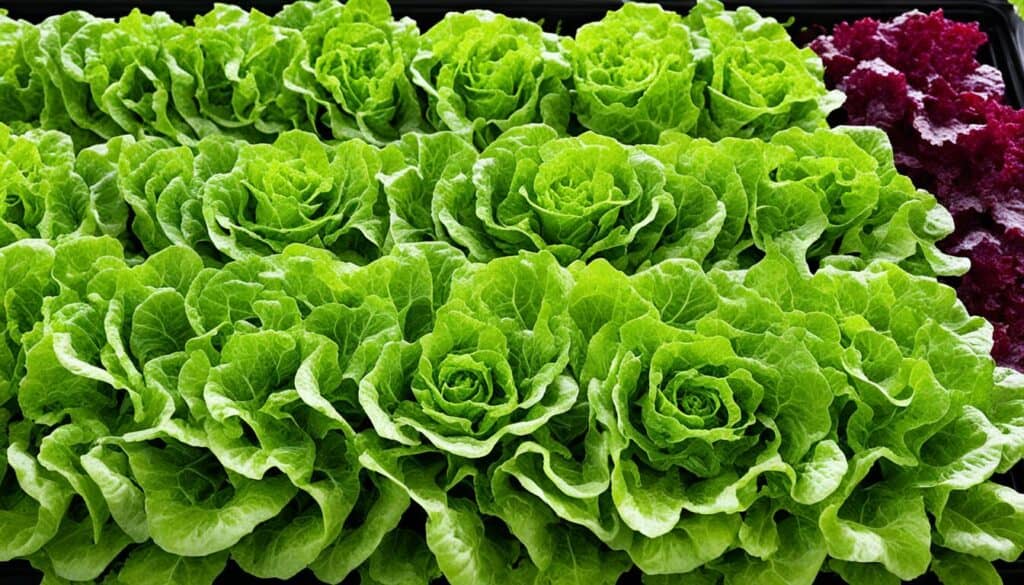




Leave a Reply